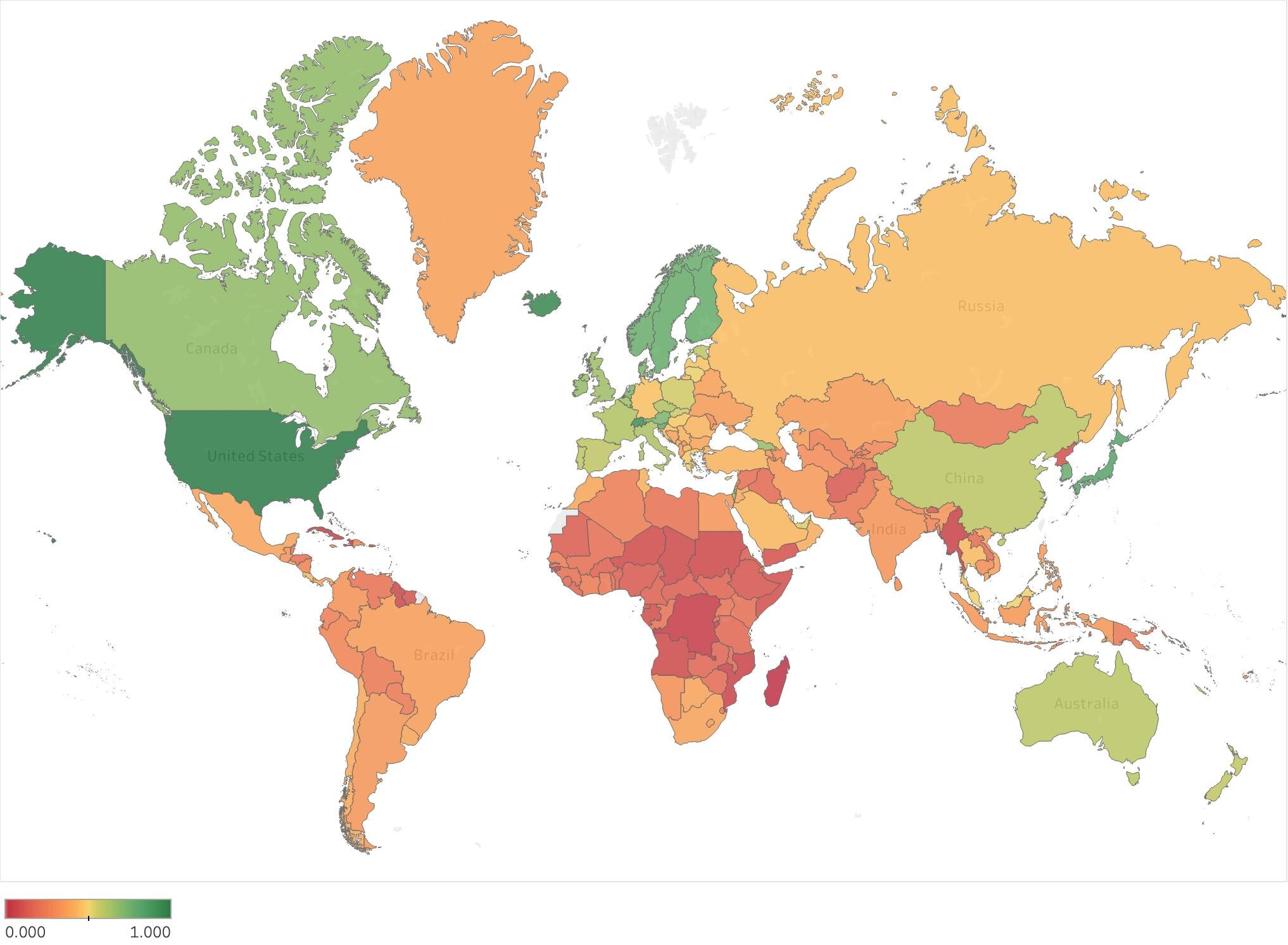Assessing Global Needs When Identifying Potential Engineering for Global Development Projects
Abstract: With limited time and resources available to carry out Engineering for Global Development (EGD) projects, it can be difficult to know where those resources should be allocated to have great potential for meaningful impact. It is easy to assume that projects should occur in a particular location based upon personal experience or where other development projects are taking place. This can be a consideration, but it may not lead to the greatest social impact. Where to work on a project and what problem to work on are key questions at the outset of an EGD project. To aid in this process, this paper presents a method for assessing global needs to ensure thoughtful use of limited EGD resources. We introduce a method for identifying locations where there is human need, gaps in technological achievement, and what countries are favorable to do business in. Results of the method are compared to what countries receive the most foreign aid dollars per capita. Measures were calculated using principal component analysis (PCA) on data collected from the United Nations, World Bank, World Economic Forum, and AidData. These results can help practitioners in selecting where to undertake development projects with an eye toward targeting locations that may yield high levels of social impact.
Visualization of the meeting of basic human needs by country. A low score indicates basic human needs are not being met.
Visualization of the technological achievement by country. A low score indicates low technological achievement

